Particularly when it is overcast, as it was the last few days this week, it seems so dark, for so long. The solstice is coming. Then the light will grow.
It continues to be mild, for December, with temperatures stuck between 25 and 40. It has actually stayed above freezing for several days at this point. I was even able yesterday (Saturday) to do a little yard work. What was there to do at this point? I raked some leaves. They just magically appear even after I have raked there. While I was outside I did look for early snowdrops that might be waking up.
But let me talk about the picture contest and warmer times.
In last week's voting the winner, in something of a surprise, at least to me, was the daffodil.
Here was the full voting.
The daffodil moves on to the knockout round.
Week #3
#1 Anemone Blanda April 23, 2022
This is the flower from one of my growing number of hoyas. I have become fascinated by hoyas. My collection is up to about 15 varieties. Julia describes me as a serial enthusiast. My current enthusiasms include hoyas, sansevierias, snowdrops and martagon lilies. I probably have forgotten someone.
Hoya plants differ in several ways. As it takes a while for them to bloom, mostly I notice the difference in size and shape of the leaves. I suppose they differ as to whether they are big or little.
Some leaves are long. Some are round. One is heart shaped. Some that are popular are variagated. There is one cultivar called Crimsen Princess that is quite attractive. A relative is Crimsen Queen.
Then there are the flowers.
They bloom repeatedly throughout the season. They will bloom inside. My mother kept two big plants over her kitchen sink forever. I now have those plants.
The flowers come in colors other than the one in the featured picture. Some are red. Some are almost black. I am growing some of those plants, which have yet to flower. You always need something to look forward to.
Many hoya plants are from the species Hoya carnosa. This flower is from one of several carnosas I have.
One is Hoya carnosa compacta which is the Hindu rope plant. The flower clusters look very much alike. The foliage is all crinklely.
Hoyas provide an opportunity to learn new words. The flowers grow in an "umbrel". It means there are short flowers that spread from a common point. The work comes from the word umbrella.
The flower clusters develop on a part of the plant called a "peduncle." That is a part of the plant, attached to the stem, where a flower will grow. It appears on a stem. Flowers grow from the same peduncle. You will not have a flower until you first have a peduncle. At the same time the wait can take forever once you grow one.
There you have this week's pictures. I hope you enjoy them. Your comments and return emails are always appreciated.
Bonus Section
Anemone blandas are also known as windflowers.
I almost picked this picture for the contest.
More about Itoh peony
This next picture was taken on May 7, 2022. You can see Bartzella just starting to grow. By that date the tree peonies were already blooming.
It is rather crowded in that bed. There are lots of lupines along with that marvelous ground cover which is cypress spurge. That would be Euphorbia cyparissias.
You can see the lupine right in front of the Itoh plant.
More hoya
These next two pictures are from the computer room.
Bluebells
Right Now
I would be able to write more about the present if there was only more time. I will just give you this teaser of a picture from this week. More next week. Any guesses of what this is?
Julia's recipe
A new chocolate pudding
This recipe for chocolate pudding is from the Milk Street cooking magazine. It's quite chocolate-y, but a bit more complex in flavor. Not much more work that making the boxed kind (which I do not scoff at), and as I said, chocolate-y and complex and you get to use miso, which does not usually end up in dessert, at least in my experience.
The ingredients:
More egg separating. I added the cornstarch and the cocoa powder to the egg yolks.
Egg yolks and cocoa powder and cornstarch.
Next I whisked these ingredients, added 1/4 cup of the milk and whisked some more. Once the mixture was smooth, I whisked in the rest of the milk. Then I set this bowl aside.
Although it is hard to see, in this picture, I am adding 4 teaspoons of white miso to the 1/2 cup of boiling water in another little bowl. I whisked until the miso dissolved, which did not take very long at all.
And next, I melted the butter in a saucepan and added the brown sugar.
This is a video of the butter and brown sugar cooking away over medium heat, getting thicker and beginning to smell a bit butterscotchy. This took about 7 minutes, and it did require some watching and occasional stirring.
Then I took the pan off the heat and added the miso mixture, and the whole thing bubbled up in a vigorous and somewhat gratifying way. I stirred it until it calmed down.
The recipe said to put the chocolate chips in a bowl and then pour the contents of the pan through a sieve to melt the chocolate. I did that for one ladleful of the mixture. Then I decided this was dumb and unnecessary. So I poured all of the hot stuff into the chocolate and whisked.
And here it is - 6 nice ramekins of chocolate goodness. The ramekins needed to spend a little time in the refrigerator (at least 30 minutes - or more) to cool off. We topped the pudding with whipped cream, because everything tastes even better with whipped cream.
Odds and Ends
Peonies have been around for a very long time. That is particularly true for tree peonies.
I read a short article on the internet discussing the differences between the types of peonies. It then discussed the debate in China about whether the tree peony or the plum blossom should be the national flower. It is not clear that this was ever resolved.
https://en.wikipedia.org/wiki/Paeonia_%C3%97_suffruticosa
The tree peony was appointed as the national flower in 1906. With the fall of the empire the plum blossom was selected in 1929. That hardly seemed appropriate when the new government took over.
Reading about this debate could continue. This 2019 article says the issue is unresolved.
https://www.sixthtone.com/news/1004596/flower-power-understanding-chinas-national-flower-debate
At least in the afternoon we seem to be at the darkest, right now. In Iowa City that is now 4:35. It actually will be a minute later in the day (4:36) tomorrow. The minor shortening of the days for the next 10 days will all be in the morning.
That is about it from dreary Iowa City.
Be kind. Pray for peace. Think about the many people who will not have a hot shower today.
Philip
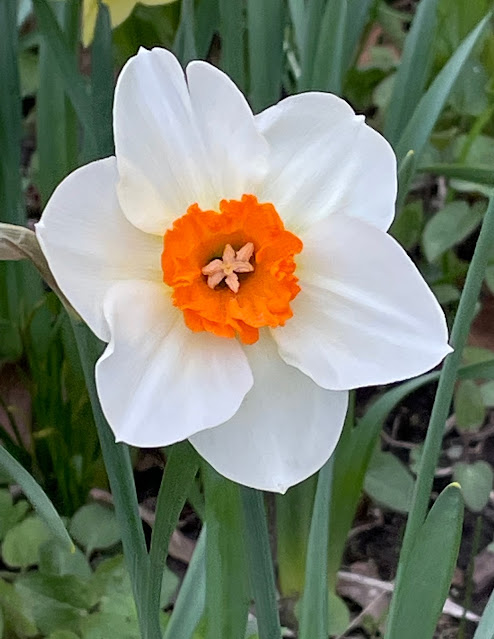

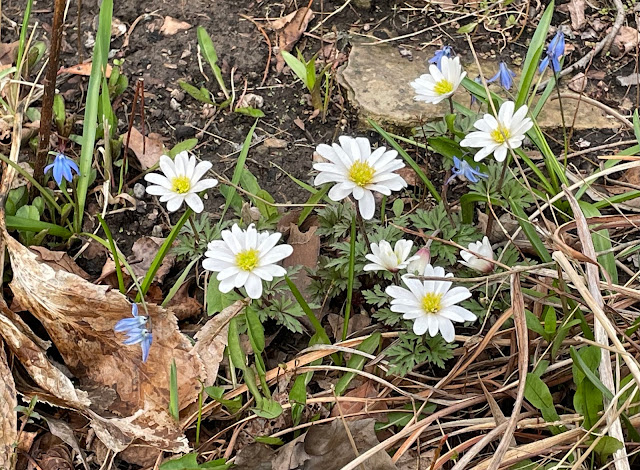

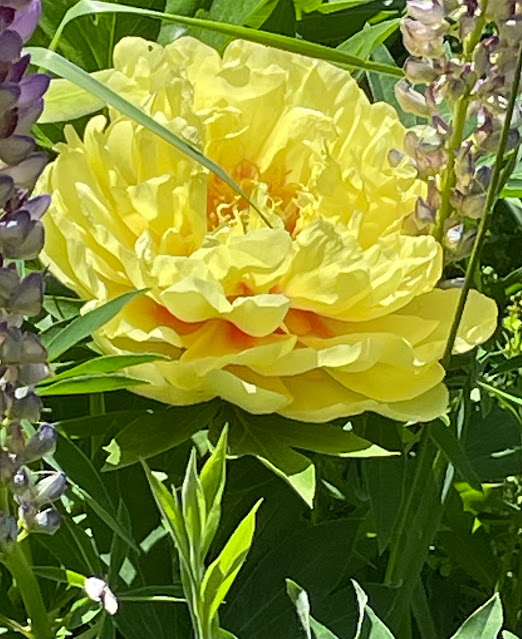



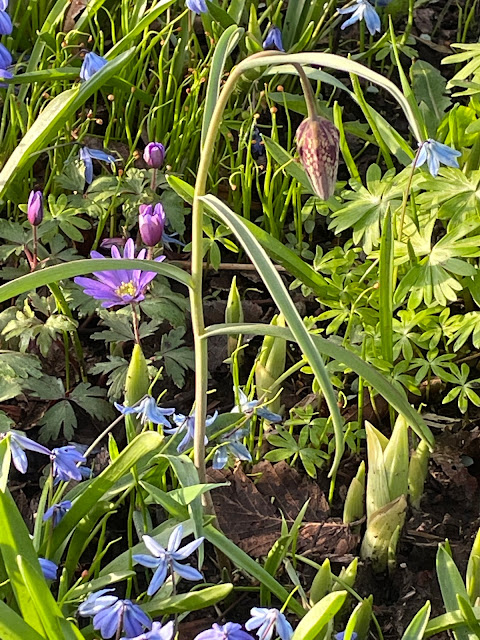









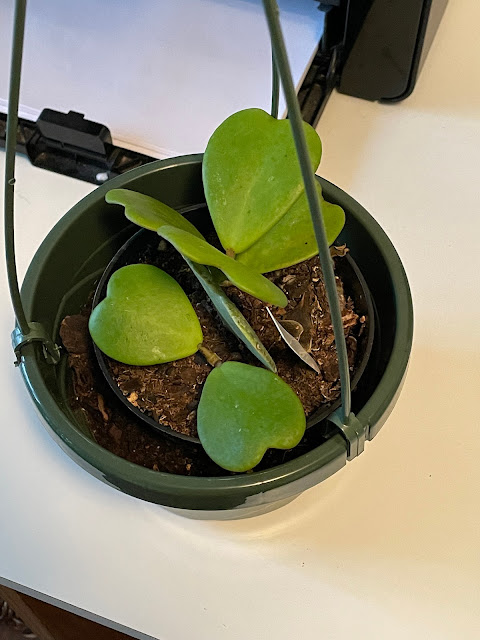
















1 comment:
I was not at all surprised that the daffodil won the contest. I picked it! It had WINNER written all over it. In the bonus pix, that group shot of the blooming bulbs won my heart. It's definitely contest-worthy. Groups of flowers are a good thing.
So is chocolate pudding. One of the better inventions, don't you think? Right up there with refrigeration. And of course you're right--"Everything is better with whipped cream" would be a good proverb to embroider in a sampler.
Longer days are certainly something to look forward to.
Post a Comment